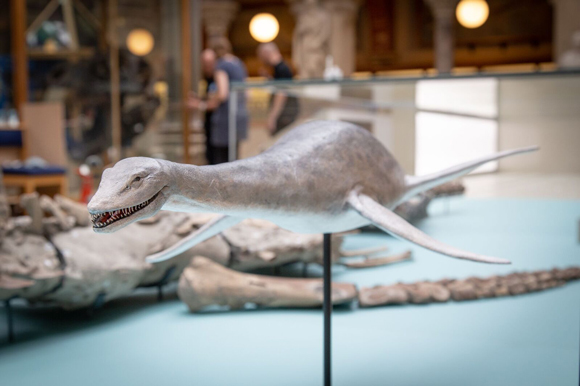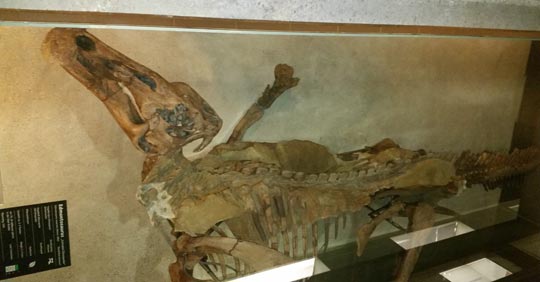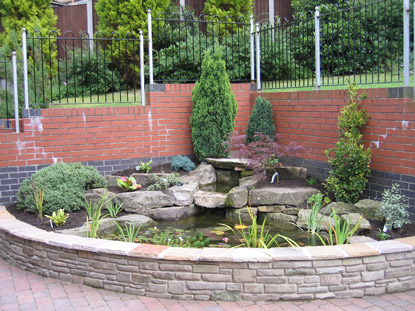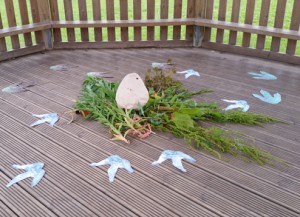Dinosaur Home – A Unique Blog for Dino-people
Dinosaur Home – a Blog for Dinosaur Enthusiasts
One of the great benefits of having such a large on-line presence these days is that Everything Dinosaur team members get contacted by dinosaur enthusiasts from all over the world. A couple of weeks ago, we were contacted by Lucille, a dinosaur fan who heralds from Los Angeles, California.
Everything Dinosaur
Lucille commented on one of our recently published articles about dinosaur excavations taking place in Australia (certainly a hot bed of palaeontological activity at the moment); she then drew our attention to her own blog site – “Dinosaur Home”. This particular site provides updates on dinosaur excavations and research, photos, discussion groups and forums.
To visit Dinosaur Home: Dinosaur Home – Home Page
Lots of information and pictures related to palaeontology posted on this site. It reflects how universally popular the science of palaeontology and fossil hunting is.
Palaeontology is truly a global science, but you don’t necessarily have to be a highly qualified scientist to contribute. By going for a walk on a fossiliferous beach or taking a look at a cutting at the side of the road or just simply turning over some stones you might find something that could change the way the world views itself. The science of palaeontology has been enriched on numerous occasions thanks to some amazing finds and discoveries such as the finding of huge sauropod vertebrae by two hikers touring New Mexico in 1979.
Seismosaurus
Over the next two decades or so the mesa, in which theses fossils were entombed was slowly excavated by a team from the New Mexico Museum of Natural History. Early papers ascribed this dinosaur to a new genus aptly named Seismosaurus “earth-quake lizard”, a good name for an animal with an estimated length in excess of 52 metres. The fossils proved extremely difficult to excavate, the surrounding matrix was as hard as concrete and unfortunately coloured the same as the fossils.
Gradually as more parts of this huge animal were exposed and studied earlier interpretations of the fossil evidence were revised and it is now believed that this specimen may actually represent a species of Diplodocus. It was certainly a large animal, one of the longest land animals on record, with a revised estimated length of 33 metres, considerably bigger than Diplodocus longus for example.
Thanks to these two hikers and the many members of the research team, our knowledge of Jurassic sauropods has been enriched.
Thanks to bloggers and forum hosts like Lucille, dinosaur enthusiasts can be kept up to date with the latest developments.
Keep up the good work Lucille.
Visit Everything Dinosaur’s award-winning website: Everything Dinosaur.








